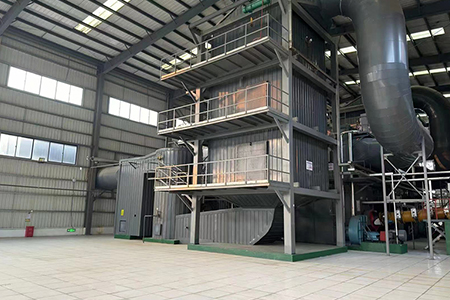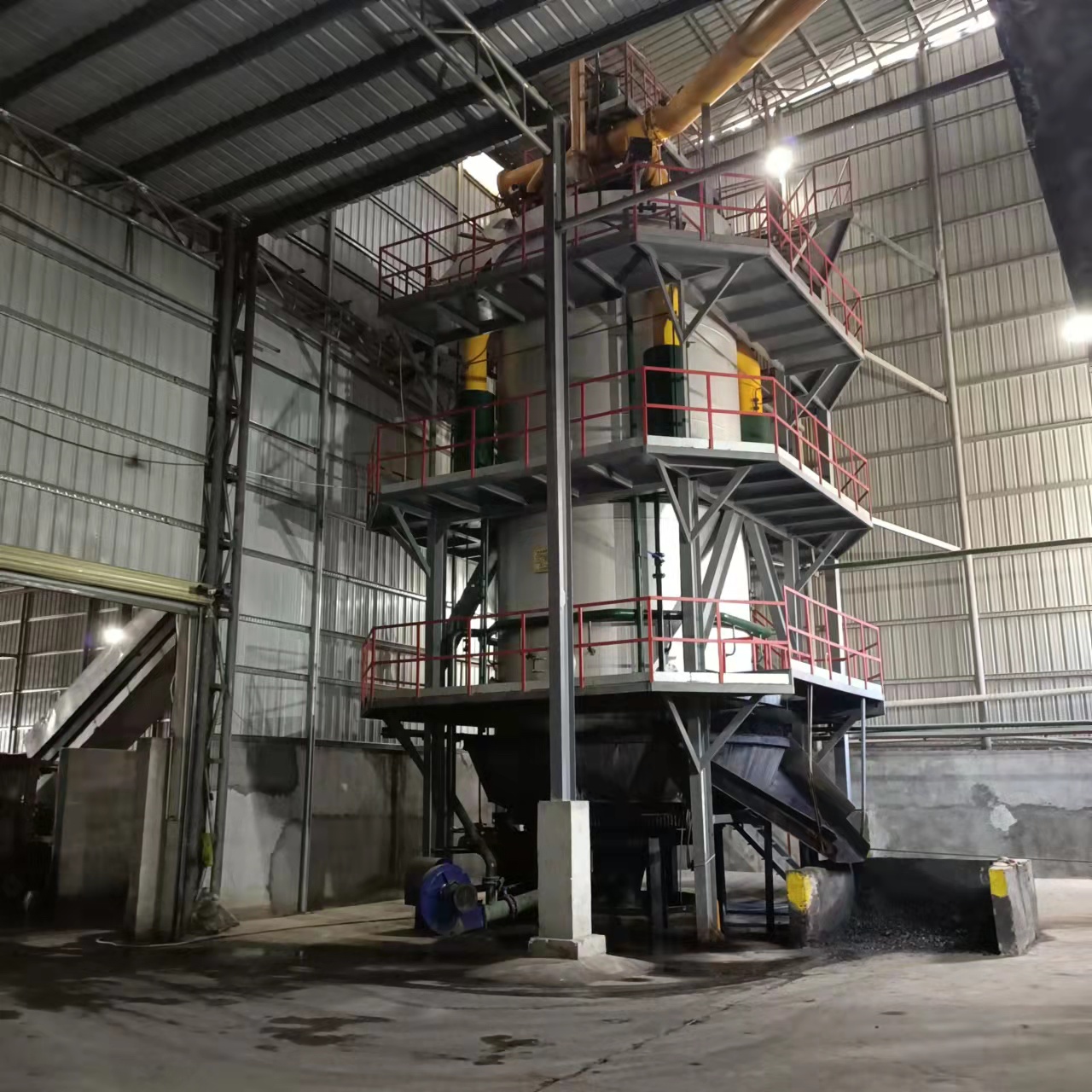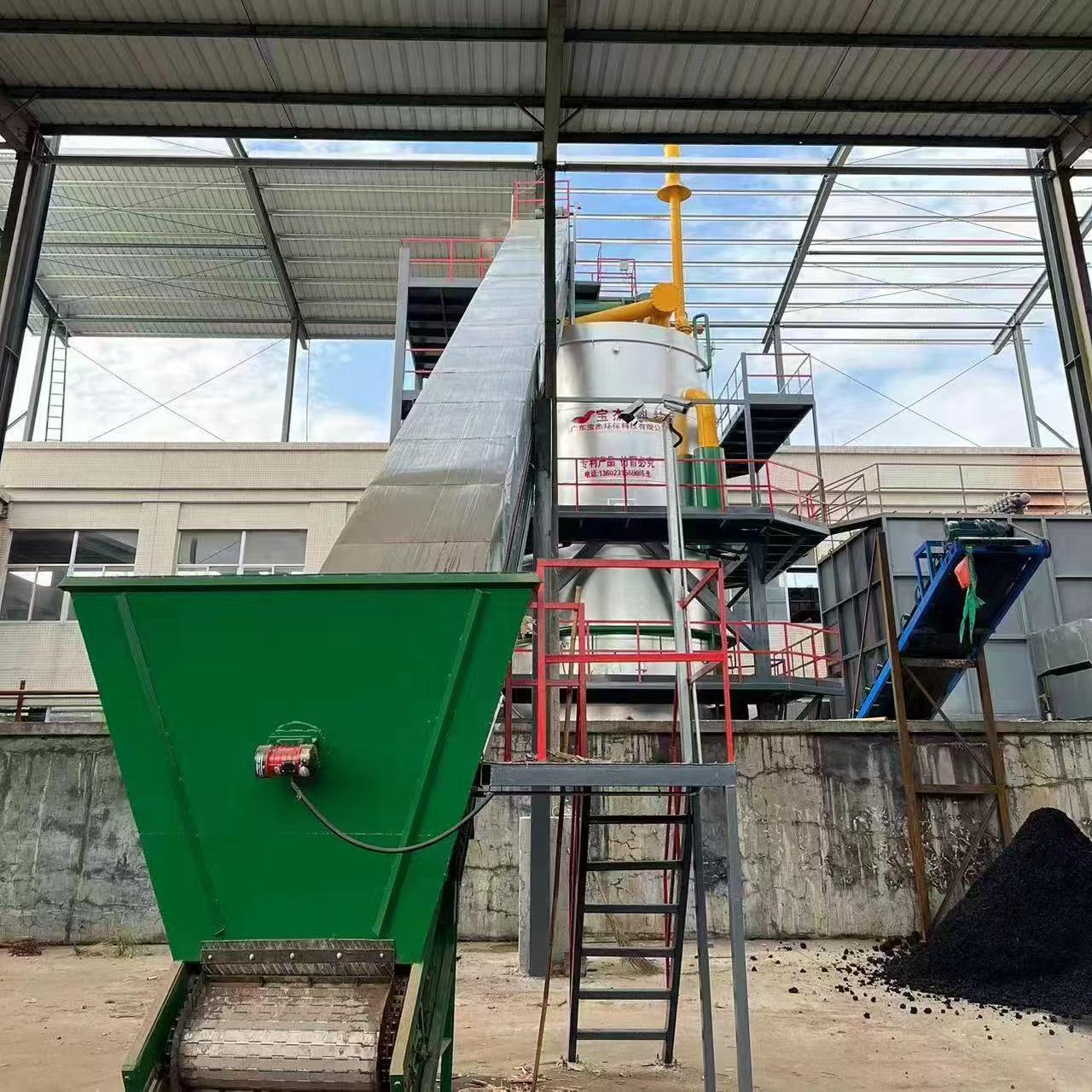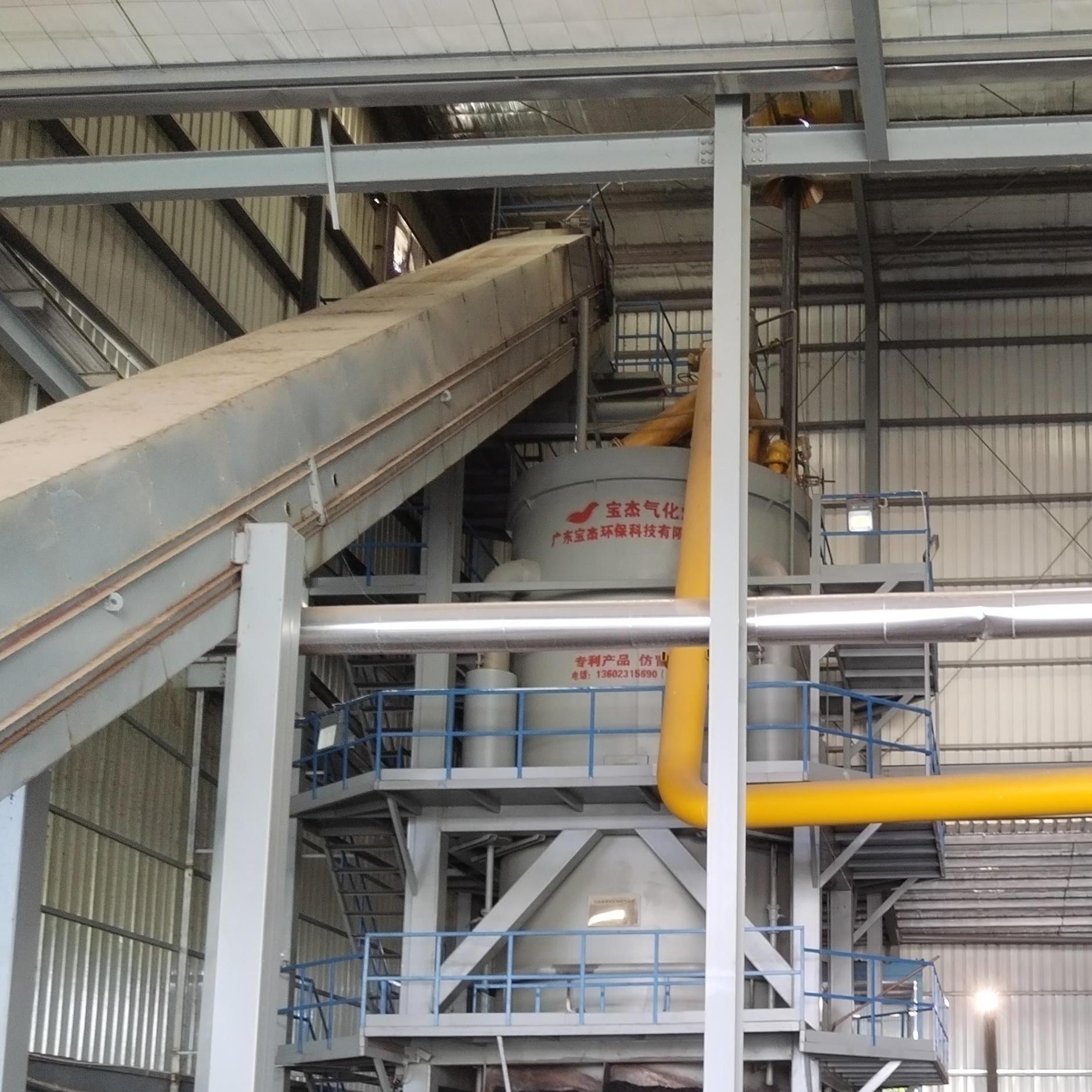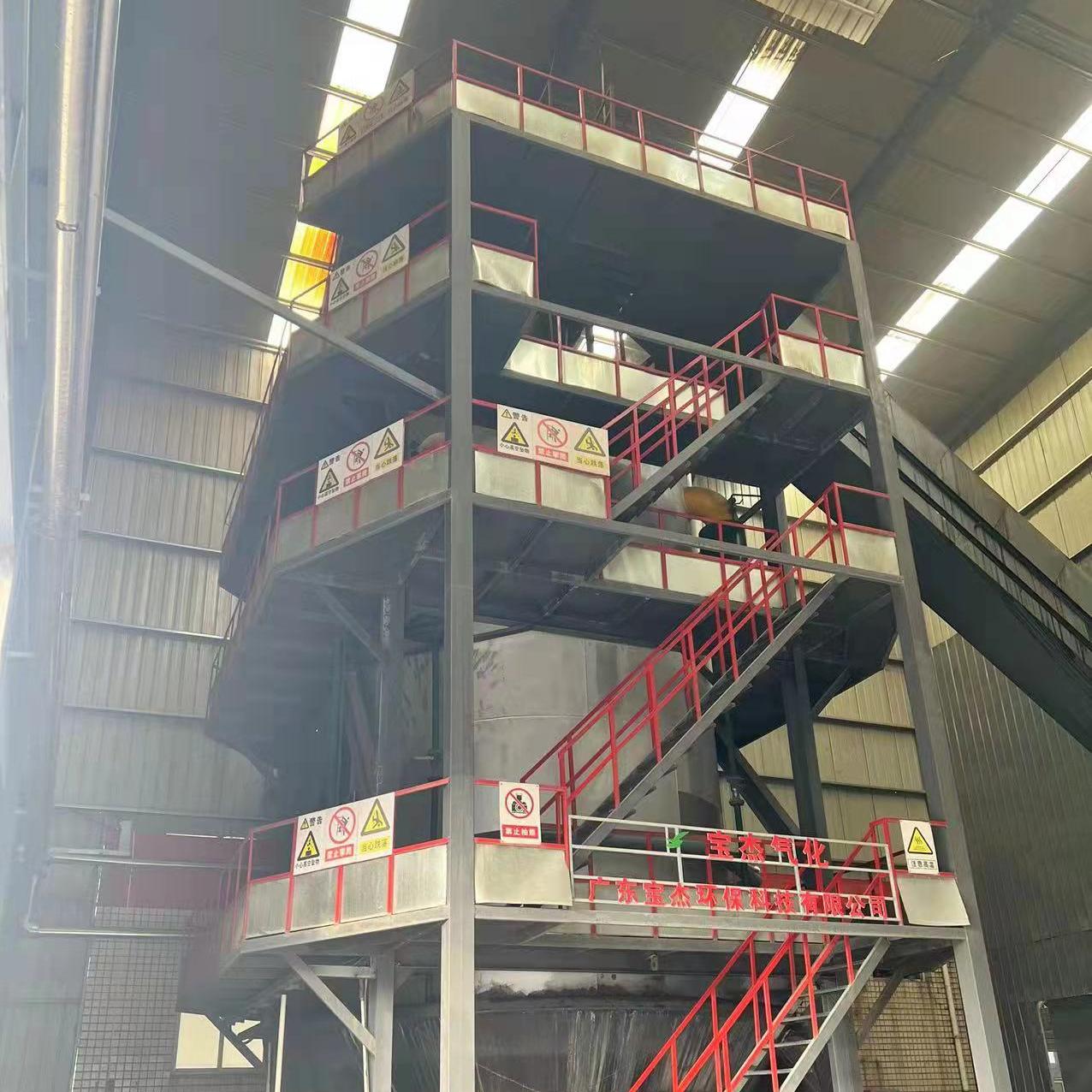R&D and manufacture of biomass gasification equipment, environmental protection equipment, boiler equipment, investment in heating (steam) energy operation and management.
Tel:+86 0769-82928980
E-mail:[email protected]
Web Menu
Product Search
Exit Menu
Industry News
Biomass Gasification Equipment: A Sustainable Solution for Clean Energy Production
As the global demand for renewable energy continues to grow, biomass gasification technology has gradually attracted widespread attention as an efficient and clean way of energy conversion. Biomass gasification equipment provides a sustainable solution to energy crises and environmental problems by converting organic waste or biomass raw materials into usable energy, such as syngas.
Biomass gasification refers to the process of converting organic matter such as wood, crop residues, and urban garbage into syngas through pyrolysis reaction under high temperature and oxygen-deficient conditions. Syngas is mainly composed of carbon monoxide, hydrogen and a small amount of methane. These gases can be used as clean fuels or chemical raw materials in power generation, heating, and synthetic chemicals.
Biomass gasification technology can not only effectively utilize waste resources, but also reduce greenhouse gas emissions. It is one of the important means to achieve a green and low-carbon economy.
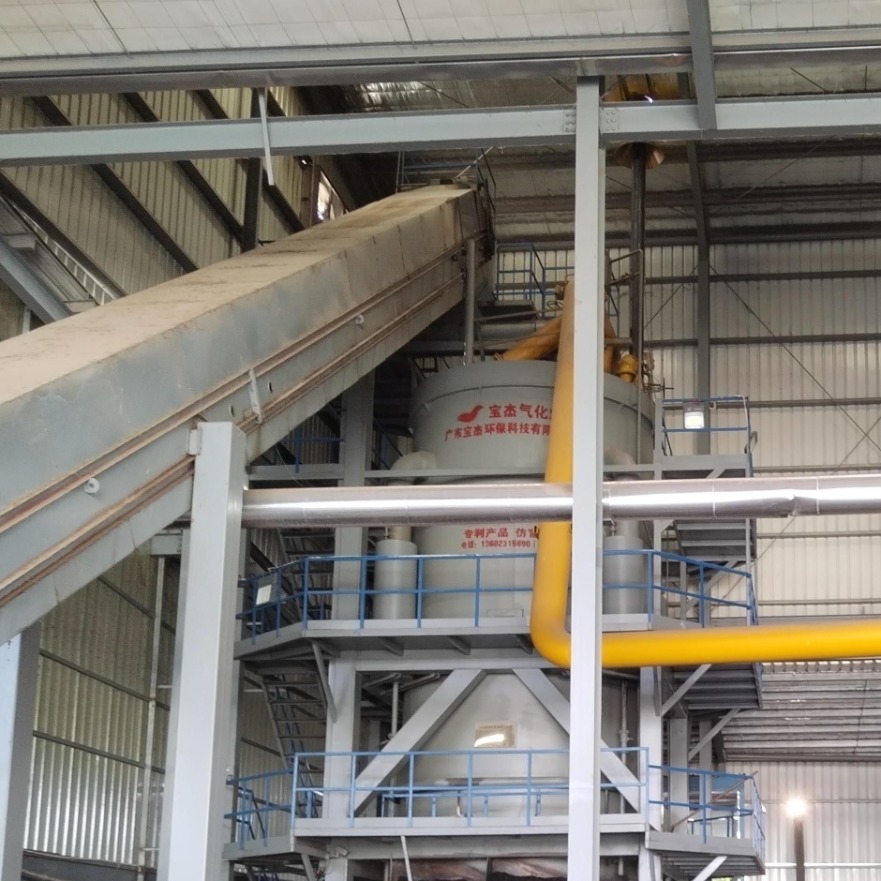
Working principle of biomass gasification equipment
Biomass gasification equipment usually includes a gasifier, a fuel supply system, a gas purification device, and a gas utilization system. Its working process can be roughly divided into four stages:
Fuel preparation: pre-process biomass raw materials such as wood chips, straw, and crop residues, such as crushing and drying, to ensure that the raw materials have appropriate particle size and moisture content.
Gasification reaction: In the gasifier, the heated biomass raw materials react with oxygen and water vapor to produce chemical reactions such as pyrolysis and reduction to generate synthesis gas. The gasification reaction needs to be maintained at high temperature (usually between 700℃ and 1000℃) and oxygen-deficient conditions.
Gas purification: Synthesis gas may contain some harmful gases and impurities, such as tar, sulfide, etc., which need to be removed by the gas purification system to improve the quality and purity of the gas.
Gas utilization: The purified synthesis gas can be used by combustion, power generation or chemical synthesis. The rich carbon monoxide and hydrogen in the synthesis gas can be used for power generation, heating, or as raw materials in the chemical industry.
Main applications of biomass gasification equipment
Biomass gasification equipment is widely used in the following fields:
Power generation: By using syngas for gas turbines or internal combustion engines to generate electricity, biomass gasification has become the main energy source for many small and medium-sized energy systems, especially suitable for distributed power production in remote and rural areas.
Heat supply: Biomass gasification equipment can also be used as an energy source for centralized heating, especially for industrial and heating systems that require high-temperature steam.
Chemical synthesis: Carbon monoxide and hydrogen in syngas are raw materials for many important chemicals in the chemical industry (such as methanol, ammonia, etc.). Biomass gasification provides a new way to produce chemicals from renewable resources.
Waste treatment: Biomass gasification is also used to treat agricultural waste, urban garbage and other problems. This not only reduces the environmental pollution caused by garbage dumping and incineration, but also converts waste into valuable energy.
Challenges and future development of biomass gasification technology
Although biomass gasification technology has many advantages, it still faces some challenges in practical applications. First, the design and operation of the gasifier require precise control to ensure reaction efficiency and gas quality. Secondly, gas purification technology is not yet fully mature, and how to remove harmful components in syngas efficiently and at low cost is still an urgent problem to be solved. In addition, the source and price of biomass raw materials are also affected by seasonality and market fluctuations. How to stably supply high-quality raw materials is another challenge.
However, with the advancement of science and technology and the promotion of environmental protection policies, the technology of biomass gasification equipment has been continuously improved and the cost has been gradually reduced. In the future, with the increase in energy demand and the intensification of environmental problems, biomass gasification technology is expected to become an important part of the transformation of the global energy structure and help achieve the goal of carbon neutrality.
As a clean and sustainable energy conversion technology, biomass gasification equipment can not only effectively utilize waste biomass, but also provide stable and green solutions for energy production. With the continuous advancement of technology and the growth of market demand, biomass gasification will occupy an increasingly important position in the global energy landscape and promote the development of the green economy.
Quick Links
Products
contact Us
 Tel: +86 0769-82928980
Tel: +86 0769-82928980 Fax: [email protected]
Fax: [email protected] E-mail: [email protected]
E-mail: [email protected] Company Address: Dalang Chamber of Commerce Building, No. 288 Yinlang South Road, Dalang Town, Dongguan City 13333, China
Company Address: Dalang Chamber of Commerce Building, No. 288 Yinlang South Road, Dalang Town, Dongguan City 13333, China Factory Add:
West side of Centre Road and south side of Zhongyuan Road within Hongcaoyuan, Hongcao Town, Shanwei Urban District
Factory Add:
West side of Centre Road and south side of Zhongyuan Road within Hongcaoyuan, Hongcao Town, Shanwei Urban District
Copyright© 2022 Guangdong Bao Jie Technology Co., Ltd.All Rights Reserved.


 EN
EN 